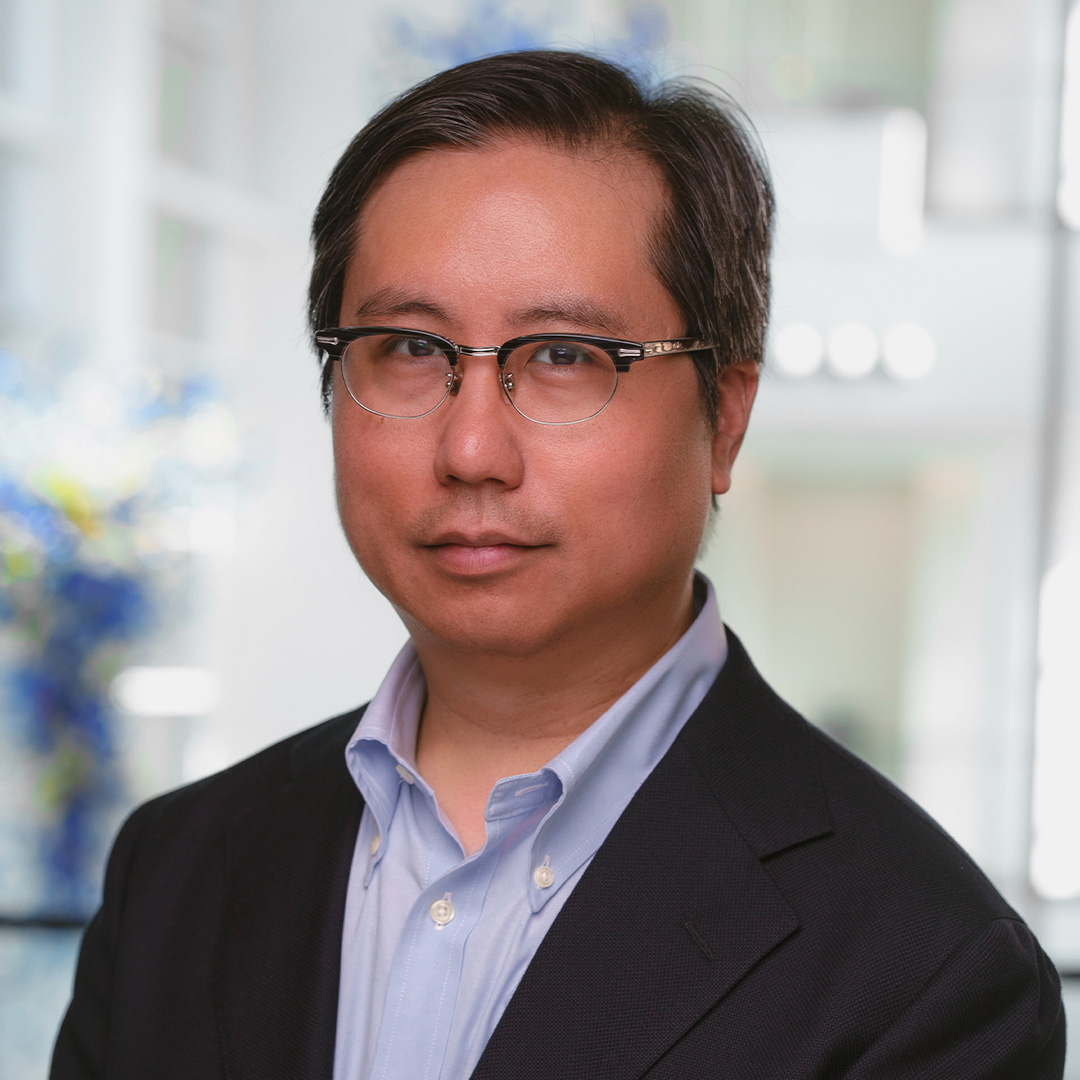The TI:GER Program (Technology Innovation: Generating Economic Results) at the Georgia Tech Scheller College of Business merges classroom instruction, technology innovation projects, and practical, real-world experiences. It brings together MBA and Ph.D. students who collaborate in teams to develop their entrepreneurial ideas into impactful technology innovation projects.
Meet Jeffrey Valdez, M.S. Computer Science ’16, Evening MBA ’26, and senior research scientist at the Georgia Tech Partnership for an Advanced Computing Environment (PACE).
What is your concentration?
TI:GER and Management of Information Resources
How did you find out about the TI:GER program?
I first heard about TI:GER while researching the Evening MBA program on the Scheller website. It became a key reason I applied. I was drawn to the opportunity to work on innovative technology projects alongside Ph.D. and MBA students from different backgrounds. Speaking with TI:GER alumni, who praised the program's focus on commercial application, solidified my decision to apply.
What made you decide to enroll in the program?
As a senior research scientist at PACE, I support researchers using high-performance computing (HPC) in areas like AI, engineering, and scientific research. I saw TI:GER as an opportunity to apply my technical background while building the business skills needed to turn research ideas into real products. Working with a multidisciplinary team on a startup idea gave me a structured opportunity to connect my research experience with my MBA studies in marketing, strategy, and product innovation.
What were your major responsibilities when working on a TI:GER project?
Our TI:GER team is developing a startup that uses neurosymbolic AI, which applies human-like logic to complex, black-box models to make them easier to explain and trust. I focused on the healthcare market, conducting user interviews to understand unmet needs in that segment.
I also spoke with domain experts, including researchers in embedded systems and hardware acceleration, to assess how neurosymbolic AI could be applied across industries like healthcare, and I drew on my HPC experience to evaluate how our solution might scale and perform in real-world environments.
What do you consider to be your major takeaways from being in the program?
In the TI:GER program, I learned how to turn technical ideas into practical solutions that meet real market needs. Through interviews and research, I learned how to test assumptions, define user needs, and refine a concept into something viable. The program also gave me access to leading-edge tools like MIT Orbit, an AI platform using OpenAI models, demonstrating how emerging technologies can support product development and strategy.
That learning process was profoundly shaped by the collaboration with my teammates: Md. Mizanur Rahaman Nayan, Anna Raymaker, and Matthew Lattime. Each brought a unique perspective based on their expertise, and our collaboration pushed me to think more creatively and across disciplines.
This collaborative environment was further strengthened by mentorship from Dr. Jonathan Giuliano. His experience as a founder and strategy educator grounded our work in practical thinking and helped me better understand how to structure product ideas. The broader TI:GER community, including current students and alumni, provided access to a strong network of technical business minds.
How might your experience enhance your career after graduating?
TI:GER helped me clarify the kind of work I want to do by showing how technology moves from idea to impact through user research, market strategy, and competitive analysis. In the near term, I plan to stay in academia and continue working with PACE to improve the HPC experience for researchers at Georgia Tech. Long-term, I am exploring roles in industry or academia focused on AI infrastructure, technical product management, or product strategy.
Would you recommend the program to others? If so, why?
Absolutely! TI:GER is ideal for anyone interested in applying their MBA education to technology innovation and commercialization. It provides deep, practical experience in strategy, research, and product thinking that goes far beyond the traditional classroom. It is an essential experience for anyone who wants to learn the practical, end-to-end process of bringing innovation from the lab to the market.
